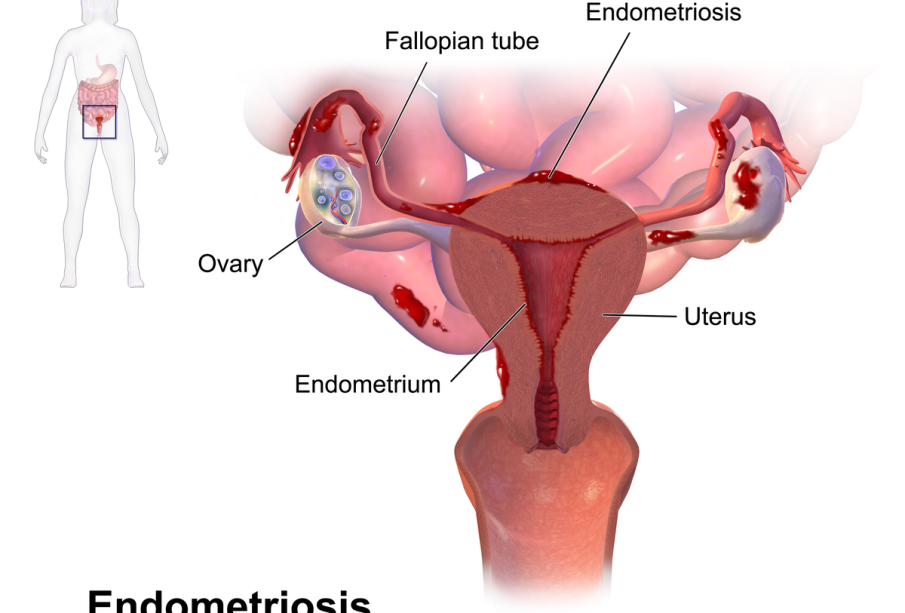Understanding Endometriosis: Causes, Symptoms and Treatments

Introduction
Endometriosis is a chronic and often debilitating condition that affects around 10% of women of reproductive age globally. This condition occurs when tissue similar to the lining of the uterus grows outside it, leading to severe pain, irregular bleeding, and, in some cases, infertility. Understanding endometriosis is crucial, not only for those affected but also for raising awareness, promoting better healthcare policies, and advocating for research funding aimed at finding effective treatments.
Current Understanding and Symptoms
According to the World Health Organization, endometriosis is under-researched and often misdiagnosed, leading to years of suffering for many women. Common symptoms include chronic pelvic pain, painful periods (dysmenorrhea), pain during intercourse, and gastrointestinal issues such as diarrhea or constipation. In addition, endometriosis can also lead to complications such as ovarian cysts and even require surgical interventions for management.
Recent Developments and Research
As of 2023, new studies have been undertaken to explore the potential links between endometriosis and environmental factors, genetics, and autoimmune diseases. Recent findings indicate that women with endometriosis might have altered immune responses, suggesting the need for more comprehensive approaches toward prevention and treatment.
Moreover, health organizations have begun to advocate for increased research funding, with countries like Canada and the UK making significant strides in policy reforms to improve healthcare access for those suffering from endometriosis. Enhanced awareness programs have been initiated globally to educate both the public and healthcare providers on recognizing symptoms early.
Treatment Options
Treatment for endometriosis is generally aimed at relieving symptoms and may include pain management medications, hormonal therapies, or surgical options like laparoscopic surgery. The approach to treatment often varies significantly from one individual to another, emphasizing the need for personalized healthcare routes.
Conclusion
Endometriosis remains a complex and challenging health issue, but recent advancements in research and treatment options provide hope for many. As awareness grows, it is crucial that society remains committed to improving research funding and supporting those afflicted by fostering environments conducive to better healthcare practices. For individuals experiencing symptoms related to endometriosis, it is advisable to seek medical attention early to explore available treatment options and to understand this condition better, leading to improved health outcomes.









